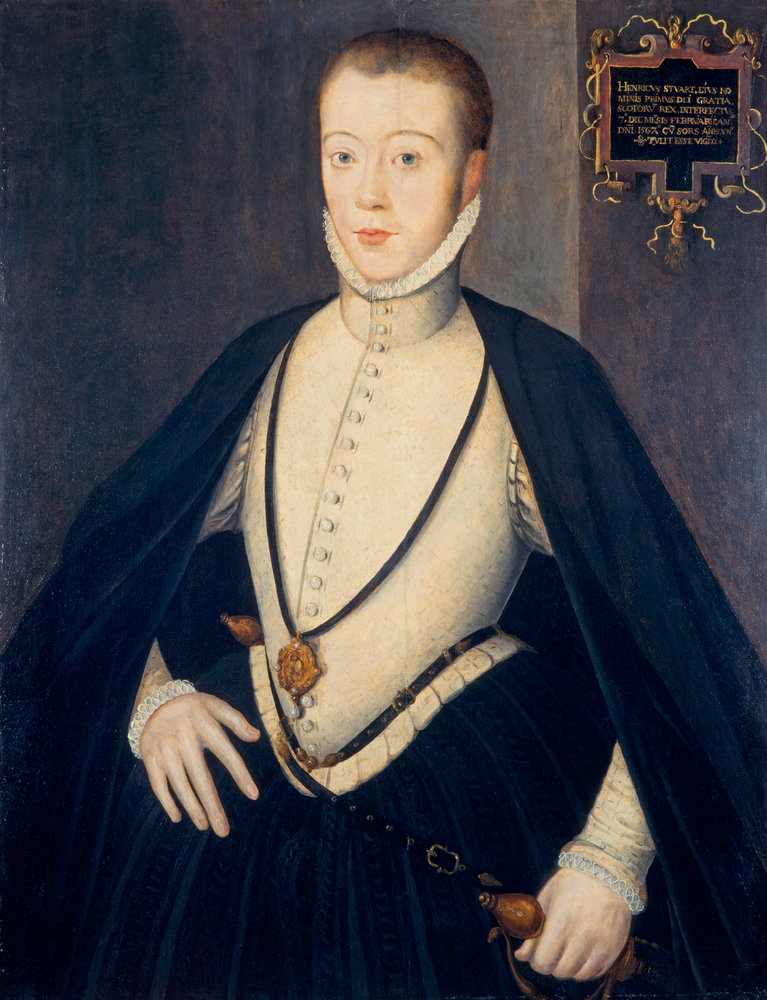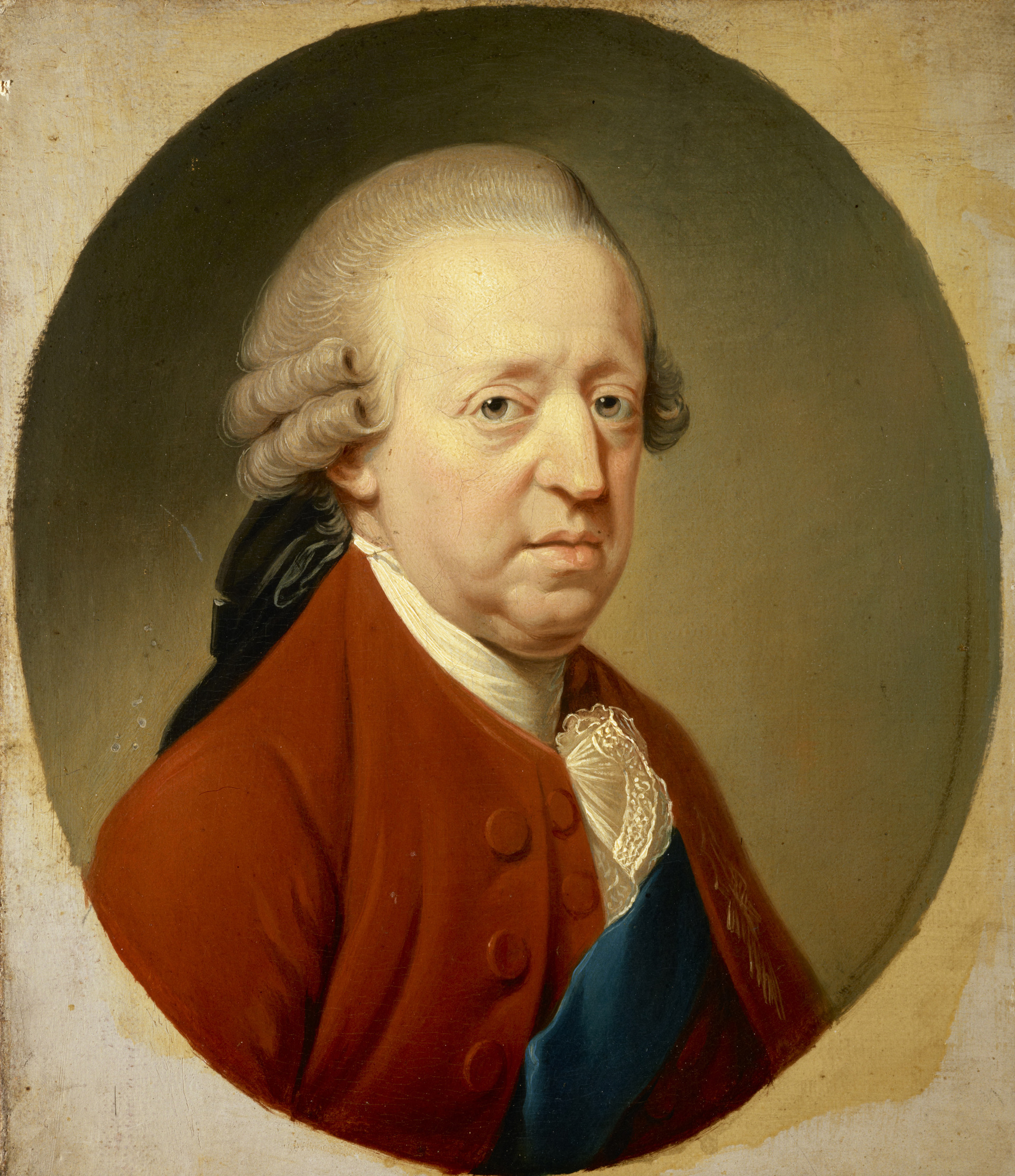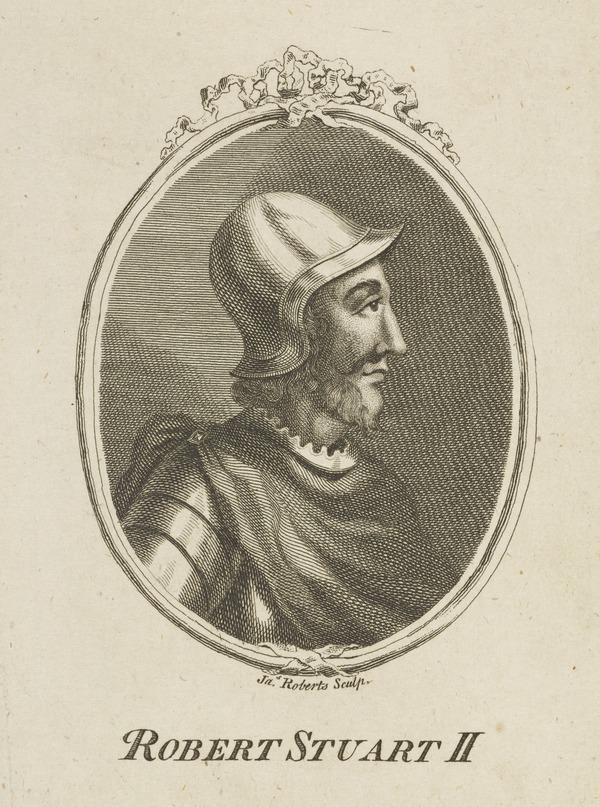The Notable Figures of Clan Stewart in Scotland's History
by Aimee Li on Sep 15, 2024
Table of Content
I. Introduction
Clan Stewart is a distinguished Scottish clan with roots in the Highlands and Lowlands. While it lacks a Chief, the Lord Lyon King of Arms officially recognizes it. Despite lacking a formal leader, Clan Stewart boasts a rich history of remarkable individuals who have significantly contributed to its formation and evolution, solidifying its reputation as a prominent clan.
These notable figures of Clan Stewart not only embody unity and pride but also play a crucial role in preserving the clan's historical and cultural identity. In this article, we will explore the profound impact of these influential individuals on the broader tapestry of Scotland's history.
1. The Origin of Clan Stewart
The Stewarts, who later became the rulers of Scotland, descended from a family that served as stewards in Dol, Brittany, France. After the Norman invasion of England, this family acquired land and titles in England under the name FitzAlan, which included the Earldom of Arundel. Walter Flaad, also known as Walter Fitz Alan, was a prominent figure who relocated to Scotland when David I aimed to solidify his reign. Their stewardship led to the adoption of the surname Stewart. Walter was granted the title of High Steward of Scotland and vast estates in Renfrewshire and East Lothian. He played a crucial role as a military leader in the royal forces during the Battle of Renfrew in 1164, where they triumphed over Somerled of the Isles, an ancestor of Clan Donald.

2. Clan Stewart History
The Stewart Clan claims descent from Banquo in Macbeth, but their true origins are tied to Alan, a Breton noble and Steward of Dol in 1045. Alan's son, Flaald Fitz Alan, became Steward after his brother's death during the First Crusade. Flaald's son, Alan Fitz Flaald, moved to England after the Norman conquest and became Sheriff of Shropshire. By 1124, Walter FitzAlan brought the family to Scotland. The Stewarts' ancestors were likely Ancient Britons, and their role as the first monarchs of United Great Britain is significant.

They acquired estates in East Lothian and Renfrewshire, and the title of High Steward of Scotland became hereditary under King Malcolm IV in 1153. James FitzAlan, the 5th High Steward, supported William Wallace and Robert the Bruce in the Scottish independence fight. At the same time, his brother, Sir John Stewart, helped Edward Bruce become the High King of Ireland in 1316. The Royal House of Stewart began when William FitzAlan, 6th High Steward, married Princess Marjory Bruce, daughter of Robert the Bruce. Their son, Robert II, became heir as King Robert I had no other children. Robert Stewart, born in 1317, married Elizabeth Mure and later Euphemia of Ross. He became King of Scotland in 1371 after King David II's death and passed away in 1390.
James IV (reign 1473-1513) is noted for advancements such as introducing the first printing press in 1507, founding Aberdeen University, and establishing a permanent Court of Sessions. In 1502, James IV united Scotland and England through his marriage to Margaret Tudor, daughter of Henry VII. James IV and his son Alexander died in the Battle of Flodden, causing heavy losses among the Scottish nobility. The male line ended after James V's death but continued through Mary, Queen of Scots, and her marriage to Henry Darnley, a Stewart descendant. James VI, born in 1566, became King of Scotland as a one-year-old after Queen Mary's abdication in 1567.

During his reign, the Stewart Clan held significant control, though key figures like the Earl of Moray and the Earl of Lennox were murdered. Influenced by his mother, James leaned toward Catholicism, which led to his brief imprisonment by Protestant factions. Upon release, he mediated noble conflicts and required landowners to reaffirm the "general band," making chiefs accountable for their clansmen's behavior. When Queen Elizabeth I died, James became King of both England and Scotland. He made Scotland a Protestant nation and tried to unite it with England, but only the Scots Parliament agreed. The Stewart influence declined as the court moved to London, but the line continued with Charles I and II, James VII, and Queens Mary and Anne. James VII fled to France in 1688, and his attempt to reclaim the throne failed. Bonnie Prince Charlie led another failed attempt in 1745, ending with the defeat at Culloden. After this, the English government suppressed Scottish culture and the clan system.
Many of the fourteen Stewart monarchs from 1371 to 1714 faced violence, exile, or childhood reigns. The early Stewarts were seen as a noble family who rose to power through marriage and engaged closely with their people. In 1807, Prince Henry, the last male of the Royal Stewarts, died, leaving King George III with royal heirlooms, including the Scottish Coronation Ring. George III claimed the Stewarts' right to the throne. When Queen Victoria became queen, she asserted her claim as a representative of Bonnie Prince Charlie. Though no direct male Stewart descendants exist, James VI's daughter, Elizabeth, connects the current British royal family to the Stewarts. Today, Prince Charles holds the ancient titles "Prince and Steward of Scotland" and "Lord of the Isles," continuing the Stewart legacy.

II. The Notable Figures of Clan Stewart
Throughout the centuries, prominent Stewarts gained recognition for their leadership, military skills, and dedication to the monarchy. These significant individuals solidified the clan's influence while broadening their fame. Below are the 8 most representative individuals:
1. Walter FitzAlan, 1st High Steward (d.1261)
Walter FitzAlan served as a reliable and trusted counselor to King David I and his successor, King Malcolm IV, in Scotland. As the individual initiating the Stewart dynasty, he secured and enhanced the family's regional reputation and authority. He held the title of High Steward of Scotland, which was a hereditary position that established a legacy for the future monarchs of the Stewart line. Walter's contributions to military leadership and administrative affairs played a crucial role in maintaining the stability and strength of the Scottish kingdom during his era.

2. Robert II of Scotland (1316-1390)
Robert II (born March 2, 1316—died April 19, 1390) reigned as King of Scots from 1371 until his death in 1390. He was the son of Walter Stewart, the 6th High Steward of Scotland, and Marjorie, King Robert the Bruce's daughter, making him the House of Stewart's inaugural king. Robert ascended to the throne following the death of his uncle, David II. Beginning his reign in 1371, Robert founded the Royal House of Stewart and worked to ensure Scotland's independence through strategic alliances. In 1373, he secured the future stability of the Stewart lineage by having Parliament establish rules regarding succession.

At that point, none of his sons had heirs, necessitating a framework to clarify the conditions under which each son could inherit the crown without overriding the traditional system of primogeniture. By 1375, the king had tasked John Barbour with composing the poem, The Brus, which enhanced the Stewarts' public image as the rightful successors of Robert I. The poem highlighted the patriotic deeds of Sir James, the Black Douglas, and Walter the Steward, the king's father, in their support of Bruce. His dynasty would govern Scotland for more than 300 years, symbolizing the family's ascent to power.
3. Murdoch Stewart, 1st Duke of Albany (1362-1425)
Murdoch Stewart, Duke of Albany (1362 – May 24, 1425), was a prominent Scottish noble, the offspring of Robert Stewart, Duke of Albany, and the grandson of King Robert II of Scotland, who initiated the Stewart dynasty. In 1389, he became the Justiciar for north of the Forth River. He was captured during the Battle of Homildon Hill in 1402 and imprisoned in England for 12 years. Following his father's death in 1420 and while King James I of Scotland remained captive in England, Stewart took on the role of Governor of Scotland until 1424, when James was finally ransomed and returned home.

However, in 1425, shortly after James's coronation, Stewart was arrested, convicted of treason, and executed alongside two of his sons. His sole surviving descendant was James the Fat, who fled to Antrim, Ireland, where he passed away in 1429. Stewart's wife, Isabella of Lennox, survived her family's downfall and witnessed the assassination of James I and the restoration of her title and lands.
4. John Stewart, 1st Earl of Atholl (1440–1512)
He was an essential Scottish noble and military figure. Born in 1440, he was the offspring of James Stewart, the 1st Earl of Buchan. In 1465, Stewart became the Earl of Atholl and was instrumental in Scottish political and military affairs during the late 15th century. He notably held the Guardian of Scotland position, dealing with internal conflicts and external dangers. His time in power was characterized by attempts to support the Stewart Clan and bring stability to Scotland amid a chaotic era. He died in 1512, leaving a significant legacy in Scottish history.
5. Alexander Stewart, Earl of Mar (1375–1435)
Alexander Stewart, who lived approximately from 1375 to 1435, was a prominent nobleman in Scotland and held the title of Earl of Mar starting in 1404. He obtained this earldom by marrying the hereditary countess, which allowed him to gain control over the region. Stewart effectively governed the northern areas of Scotland during his time. Notably, he was an accomplished military commander who demonstrated his strength and leadership in the north of the Highlands, particularly highlighted by his victory at the Battle of Harlaw in 1411. In this significant battle, he led troops loyal to the Scottish crown in opposition to Donald, Lord of the Isles, successfully thwarting a significant invasion into central Scotland.

6. James Stewart, 1st Earl of Buchan (c. 1442–1499)
7. John Stewart, Earl of Buchan (c. 1381–1424)
John Stewart, the Earl of Buchan (circa 1381 – August 17, 1424), was a Scottish noble and soldier who allied with France during the Hundred Years War. In 1419, his father, the Duke of Albany and Regent of Scotland, sent him with an army of 6,000 Scots to France. Stewart commanded the Franco-Scottish forces at the Battle of Baugé on March 21, 1421, where he decisively defeated an English army led by Thomas of Lancaster, Duke of Clarence. However, in 1423, Stewart was defeated and captured by an English contingent commanded by Thomas Montacute, the 4th Earl of Salisbury, at the Battle of Cravant.

Following the battle, he was exchanged, and after being released in 1424, he was named Constable of France, effectively becoming the Commander-in-Chief of the French army. On August 17 of that year, Buchan died in combat against English forces at the ill-fated Battle of Verneuil, along with a majority of the Scottish troops in France. This battle contributed significantly to the near collapse of the Scottish military presence in France.
8. Matthew Stewart, 2nd Earl of Lennox (1460-1513)
Matthew Stewart, the 2nd Earl of Lennox (circa 1460 – September 9, 1513), was a notable Scottish noble. He was born to John Stewart, the 1st Earl of Lennox, and Margaret Montgomerie, who was the daughter of Alexander Montgomerie, the 1st Lord Montgomerie. He died while participating in the Battle of Flodden Field. He first married Margaret Lyle on June 13, 1490; she was the daughter of Robert Lyle, the 2nd Lord Lyle and Chief Justiciar of Scotland. On April 9, 1494, he wed Elizabeth Hamilton, the daughter of James Hamilton, the 1st Lord Hamilton, and Mary Stewart, who was a princess of Scotland and the daughter of King James II of Scotland.

Stewart and Elizabeth Hamilton had six children: Mungo Stewart, Agnes Stewart, John Stewart (who became the 3rd Earl of Lennox), Margaret Stewart, Elizabeth Stewart, and Catherine Stewart. In 1497, he served as the Lord Provost of Glasgow, a position he held again from 1509 until he died in 1513.
🔎 Which is the most iconic Clan Stewart castle in Scotland? Discover now the Top 20 Most Iconic Clan Stewart Castles to Visit in Scotland
Set sail on an odyssey through the illustrious annals of Clan Stewart with our handpicked collection of tartan creations. Embody the indomitable spirit that characterizes the Stewart clan, weaving a piece of this noble history into the fabric of your daily existence:
III. Conclusion
Frequently Asked Questions
What happened to the Stewart clan?
The male lineage of the Stewart dynasty remained unbroken until Mary, Queen of Scots. This royal family maintained control over the Scottish throne and subsequently the English throne through a direct descent until Queen Anne passed away in 1714
How many Stewart clans are there?
Historically, there were indeed many more than three clans. In the Highlands, we can identify prominent clans such as the Stewarts of Appin, Stewart of Atholl, and Stewart of Balquhidder, as well as other Stewarts from Mar and beyond who operated like clans. However, they are not officially acknowledged today.
What is the Stewart clan motto?
Virescit vulnere virtus
The Stewart clan motto is "Virescit vulnere virtue," which means that courage strengthens in adversity. The clan emblem features a pelican in its nest, nurturing its chicks.
What are the surnames of the Stewart clan?
Jamison/Jameson (or any of the numerous alternative spellings) is one of the several branches of this clan. Additional branches of Clan Stewart include Stewart of Appin, Stewart of Atholl, Stewart of Darnley, and Stewart of Galloway. There are also Stewarts of Lorn and Stewarts of Balquhidder.







